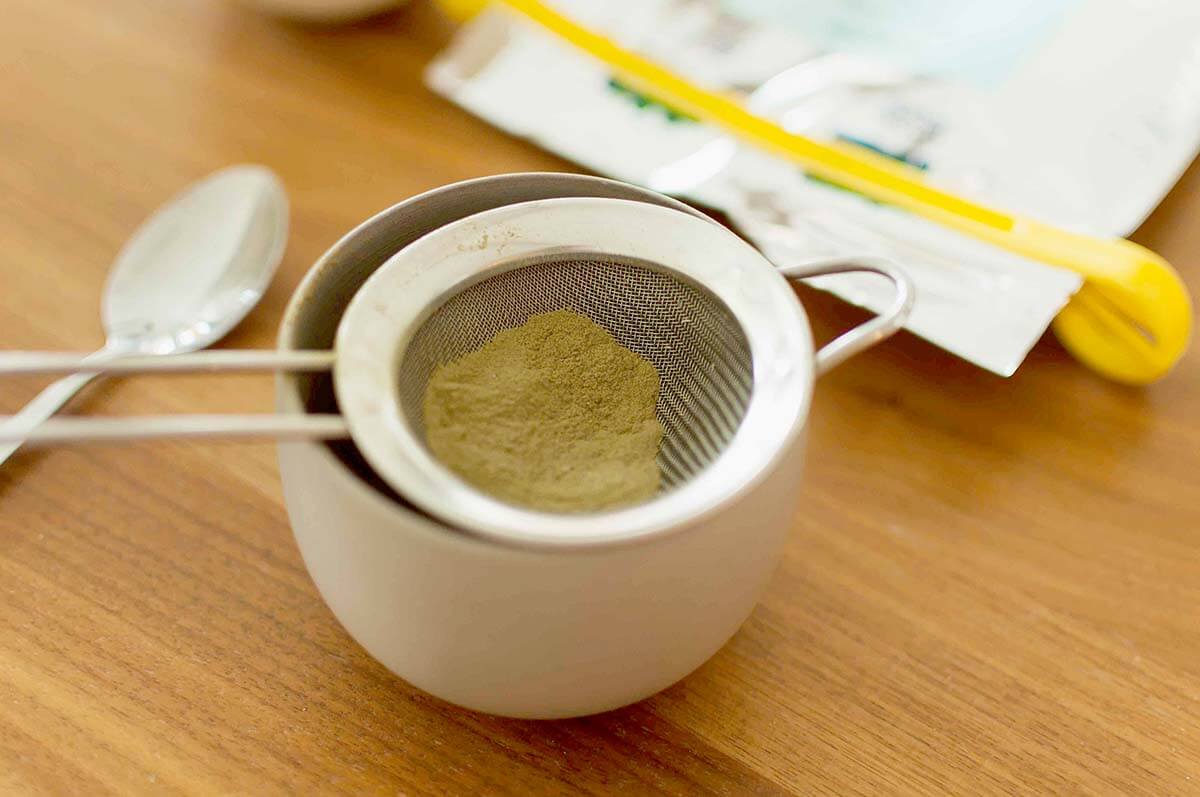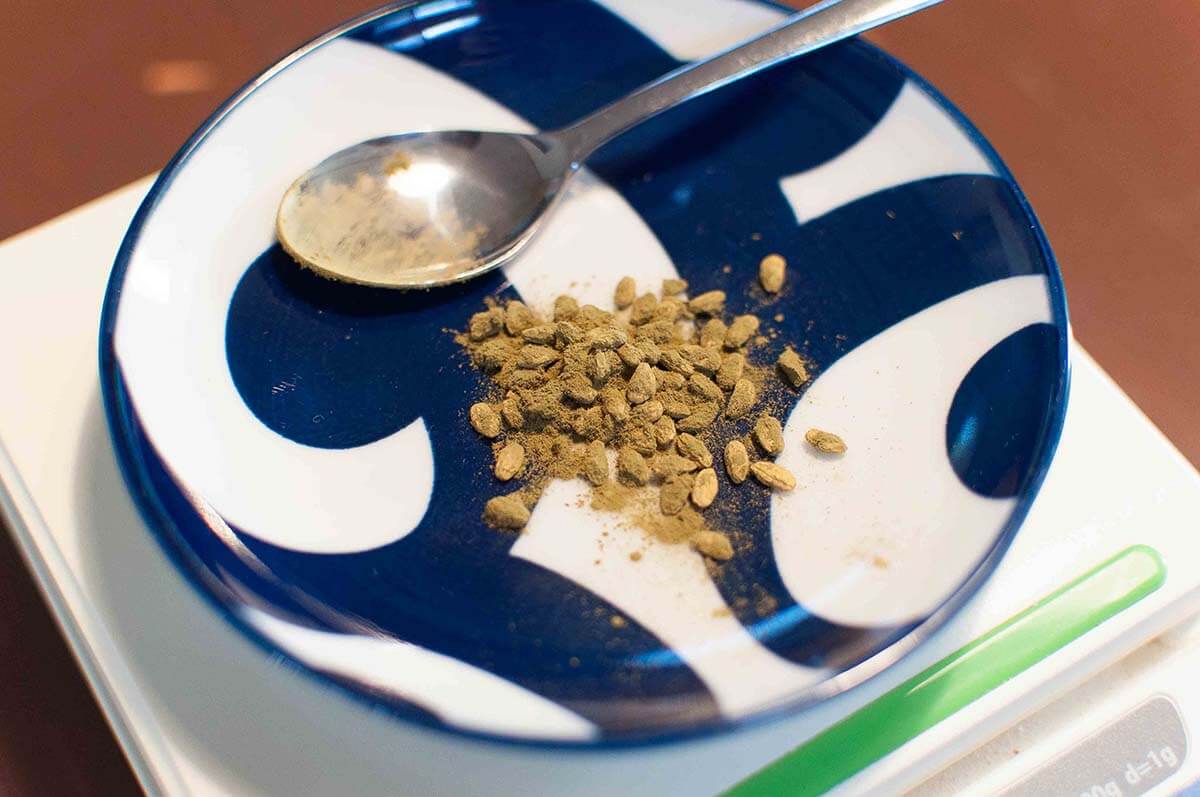How to Make Koji 1: Choosing Tane-koji (Moyashi)
Last October, American food professionals visited fermented food producers to deepen their knowledge of Japanese fermentation culture during the “Hakko Tourism in Japan” tour campaign. As part of the tour, organizers held a tasting session where guests gave candid advice from the perspective of the American market to food product manufacturers looking to enter the United States market.
Today we finally start talking about how to make koji. To begin with, you are going to need a starter. Remember that koji is a fungus, so the starter you need is actually a collection of spores of the fungus. We call this tane-koji or moyashi. The koji fungus itself, we call it koji-kin. In the first issue I briefly mentioned that koji-kin that we commonly use in Japan are:
- Aspergillus oryzae is used for a wide range of applications such as sake, miso, soy sauce, mirin etc.
- Aspergillus sojae is for soybean-based applications
- Aspergillus luchuensis kawachi and Aspergillus luchuensis awamori for shochu


Marika Groen is the head of Malica Ferments, an online platform dedicated to fermented products. As a Kojiologist, traveler, brewer, photographer, and writer, she published the book "Cosy Koji" in 2021, offering insights into the art of Koji making based on her worldwide lectures and experiences.

